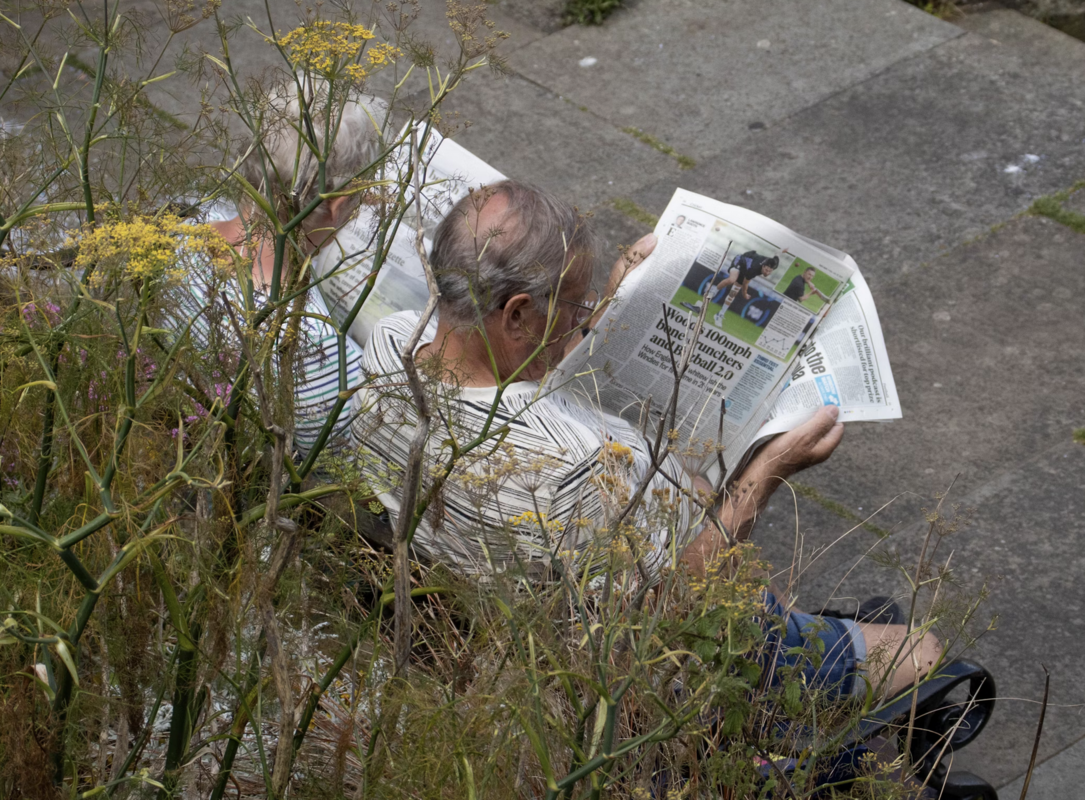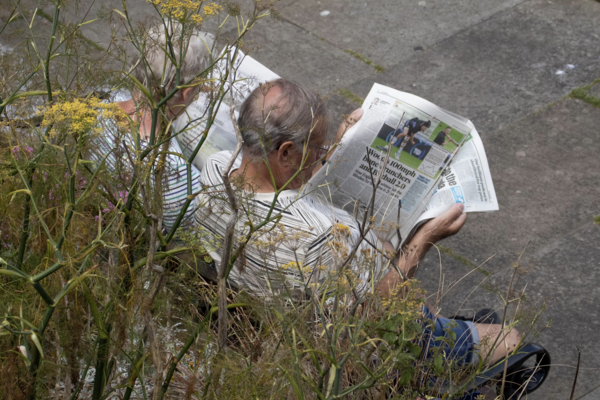
Every month we are now bringing you a round-up of the latest news on stroke from around the world. We do hope you find it helpful! Just click on the pink links to read each story.
Implant may help brain rewire after stroke
University of Washington School of Medicine surgeons have implanted a device they hope will stimulate a stroke patient's brain to restore lost function.
https://newsroom.uw.edu/news-releases/implant-may-help-brain-rewire-after-stroke
AI chatbots unreliable sources for stroke care information
Current generative AI chatbots are not reliable sources of information about stroke care, according to a new study led by researchers from National Taiwan University and Harvard T.H. Chan School of Public Health.
https://hsph.harvard.edu/news/ai-chatbots-unreliable-sources-for-stroke-care-information/
New stroke drug reduces brain damage by 60 percent in preclinical study
Cambridge researchers have discovered a new drug that could dramatically improve stroke recovery by reducing brain damage caused when blood flow is restored.
Stroke research using video games to help people regain arm movement
A video game is aiming to help stroke survivors regain movement in their arms as part of a new project led by researchers at Queen’s University Belfast. The researchers have launched the new study which features a wireless, brain-powered computer game to help regain arm movement.
‘Self-pity came into it as I was a proud man’: footballer Noel Blake on recovering from a stroke
In an extract from a new book, the former Portsmouth, Leeds and Exeter defender talks about the day his life changed for ever in 2015 and his healing process.
https://www.theguardian.com/football/2025/aug/05/football-noel-blake-stroke-healing-process
“FAST” walk shows promise in improving gait for chronic stroke patients
FAST walk is an innovative, electromyography (EMG)-triggered system that synchronizes transcutaneous spinal cord stimulation with hip extensor stimulation. This dual approach uses the patient's own muscle signals to stimulate precisely during key gait phases. By enhancing the spinal circuit excitability and activating reflexes such as the crossed extensor reflex, the system aims to improve lower limb coordination and gait efficiency.
Photo by Yisi LI on Unsplash





